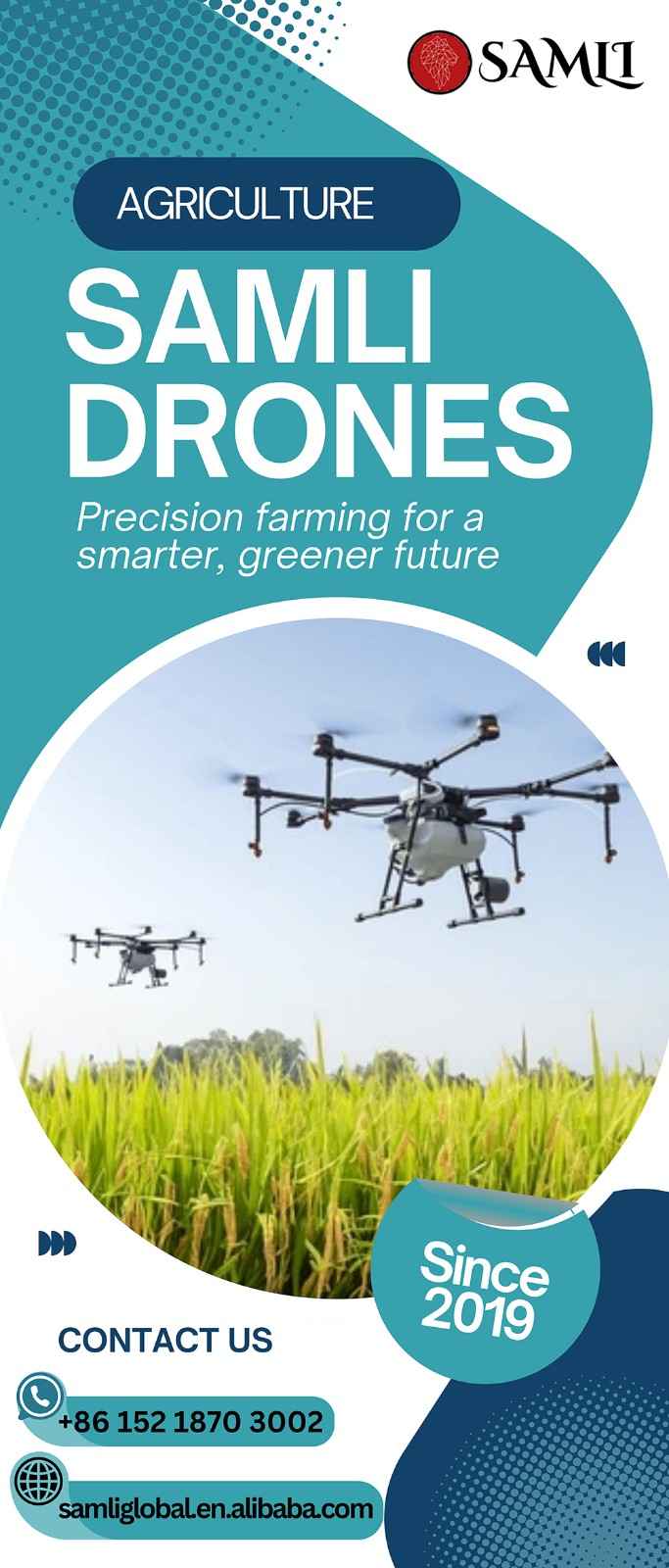The medical device industry requires precise innovation and full compliance standards, specifically in prototyping development. Medical device prototyping is crucial to ensure that new designs meet strict regulatory, safety, and performance standards before moving to full-scale production using 5-Axis CNC Machining.
The combination of complex geometries within medical devices specifically requires advanced manufacturing technologies, where 5-axis CNC machining presents a revolutionary solution. Producing intricate parts becomes more efficient using 5-axis machining because it needs fewer setup stages, reducing production errors and required development time. The integration of this production method shortens the product development period while maintaining strict design parameters.
Achieving Intricate Geometries with 5-Axis CNC Machining
The ability of 5-axis CNC machining to produce intricate shapes makes it an excellent choice for medical device prototyping. Creating complex shapes in 5-axis CNC machining facilitates the design of new medical devices, resulting in better treatment results for patients.
A 5-axis machine operates using simultaneous movements across five different axes, making it obtain access to workpieces through various angles, eliminating the need for physical relocation between movements. The manufacturing process produces one uninterrupted run that accomplishes complex feature production.
The combination of precise angles and contoured surfaces, which are essential for spinal implant alignment with body structures, can be achieved effectively through 5-axis CNC machining. Operators avoid manufacturing errors using this capability when utilizing traditional multiple-setup machining processes.
Reducing Production Time with 5-Axis CNC Machining and Fewer Setups
The primary benefit of using 5-axis CNC machining for medical device prototyping is its ability to improve operational speed. The production of complex shapes in traditional machining requires different setup positions because workpiece relocation becomes necessary between every operational angle. The total production time expands because placement setups create alignment issues in this process. Energy-saving 5-axis machines simultaneously handle all sides of a part during one setup, accelerating production.
The production of a surgical tool with curved surfaces can be completed in one CNC machining process by utilizing 5-axis CNC technology. Manufacturing time decreases by days or even hours because parts do not require stoppages to be reoriented. Companies operating in the medical industry benefit tremendously from rapid speed because it presents opportunities to speed up regulatory approval procedures. The number of equipment setups can decrease human errors during medical device modelling because there would be less equipment handling. Time reduction through manufacturing enables manufacturers to expedite product development and save lives and time efficiently.
Enhancing Surface Finish and Precision for Medical Standards

Medical devices require strict surface finish criteria together with accurate dimensions as safety and functionality requirements. The precision of 5-axis CNC machining thus makes it ideal for medical device prototyping applications. Several different angles of approach enable manufacturing tools to create more streamlined tool paths, which results in better surface finish quality. Devices such as orthopedic implants that touch human bodies require specialized attention during design.
The requirements of a hip implant prototype demand a finished surface to minimize inside-body wear and friction and 5-axis CNC machining can directly produce this surface quality without secondary processing needs. Technology enables the precise fabrication of objects such that medical devices like heart valves can achieve desired operational performances. Customers receive device parts that conform to medical requirements straight from the CNC machine because of the process’s five-axis capabilities. Medical device prototyping processes become more efficient due to the techniques that enable prototypes to reach the testing phase more quickly.
Supporting Material Versatility for Diverse Medical Applications
5-axis CNC machining during prototyping effectively supports the broad selection of production materials used for medical devices, including titanium and medical-grade plastics. The processor demonstrates accurate handling abilities with metals and polymers, enabling manufacturers to create medical device prototypes for different medical applications. Manufacturers need such flexibility to build prototypes that accurately reproduce the final product design.
The accuracy of 5-axis CNC machining makes it possible to work with dental drill prototypes consisting of titanium combined with PEEK plastic used for diagnostic device housings. The machine automatically adjusts parameter settings for each material type. Medical device prototyping becomes more efficient because the one-setup system handles different materials needed for multiple prototype productions. A primary benefit of 5-axis CNC machining is that it enables developers to test various materials throughout product development to determine which material delivers the most optimal results. Fast innovation in medical applications becomes possible through 5-axis CNC machining because it processes various materials.
Improving Scalability from Prototyping to Production with 5-Axis CNC Machining
Medical device prototyping faces the challenge of turning prototypes into full production while maintaining consistency. 5-axis CNC machining helps companies overcome this challenge by providing scalability to production. Prototype technology frequently serves as a direct solution for production by reusing the same methods, which helps maintain a smooth workflow. Medical device manufacturers whose time-to-market requires a quick transition from testing to release depend heavily on this scalability feature.

Developing intricate endoscopic tool components featuring angular cutting features can be achieved through 5-axis CNC machining during prototype creation. The production of hundreds or thousands of identical units becomes possible using the same machining setup approved for design production. The manufacturing process can operate without modifications, thus eliminating both tooling adjustments and design alterations while providing substantial time reduction. Medical device prototyping benefits from this scalability because it allows production increases without lengthy retooling. A seamless transition from prototype to production will enable manufacturers to satisfy rising market demand through validated manufacturing setups that uphold medical industry quality standards.
Conclusion
Medical device prototyping experiences a transformation through 5-axis CNC machining because it tackles difficulties in building complex designs. The device’s capability to manufacture complex designs contributes to developing purpose-built medical tools. The prototyping process speeds up through fewer production setups and reduced cycle times.
Medical device manufacturers benefit through 5-axis CNC machining. This technology’s shortened development cycle gets patients’ crucial devices more quickly. The increasing demand for advanced medical devices will sustain medical device prototyping’s dependence on 5-axis CNC machining to boost innovation rates and improve product quality.



